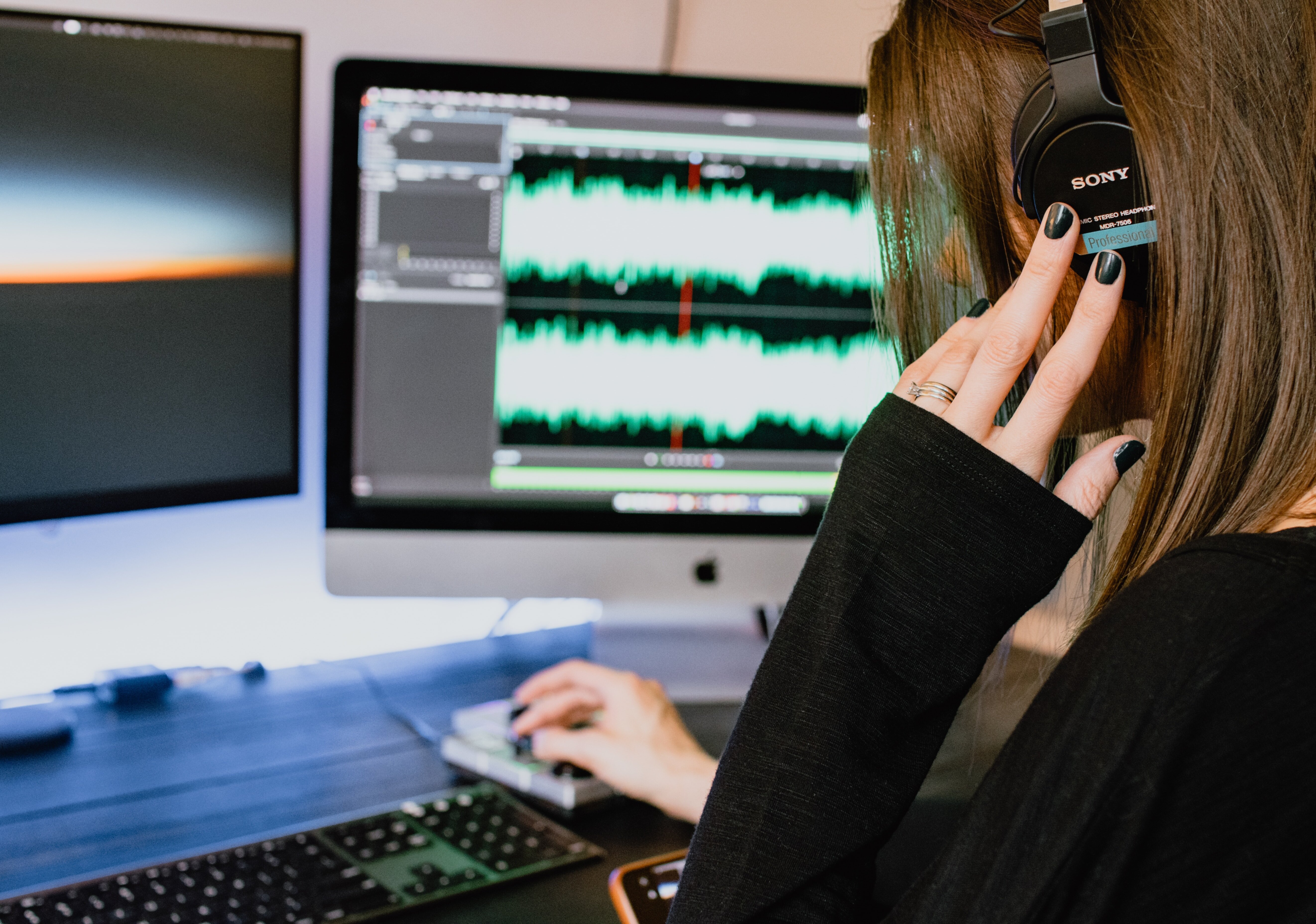Allstates Iconic Voice Decoding Digital Replication

We are standing at a fascinating junction in digital audio processing. The ability to capture the unique sonic fingerprint of a human voice—that specific timbre, cadence, and emotional texture—and then recreate it with startling accuracy is no longer the stuff of science fiction. I've been tracking the maturation of these digital replication models, specifically looking at what happens when we apply them to voices that carry substantial cultural weight, voices we might call "iconic." Think about the voices that anchor entire media franchises or those that have narrated decades of history; their digital twins are now becoming technically feasible.
This isn't just about cloning a monotone reading of a textbook; it’s about capturing the subtle vocal fry on a stressed syllable or the slight hesitation before a key pronouncement. The fidelity required for this level of replication pushes the boundaries of current generative adversarial networks and diffusion models, demanding datasets of exceptional quality and quantity. I find myself constantly asking: What are the engineering hurdles remaining when the target voice is instantly recognizable across millions of listeners? Let's examine what it takes to move from a good imitation to a truly indistinguishable digital double.
The first major challenge I see revolves around capturing the *expressive range* rather than just the static spectral profile. Early voice synthesis often sounded flat because the models were trained primarily on clean, isolated phonemes or short, emotionless phrases. Now, the sophisticated models we are observing are attempting to map vocal tract geometry changes across extreme emotional states—joy, anger, deep contemplation—and reproduce those physical nuances digitally. We are talking about micro-variations in breath support and glottal tension that are incredibly difficult to isolate and parameterize accurately. If the model misses the slight upward inflection that defines a specific speaker's curiosity, the entire illusion collapses instantly for the trained ear. Furthermore, the training data must be meticulously cleaned to separate the voice from ambient noise, room acoustics, and any external artifacts that could pollute the learned representation of the vocal source itself. This data curation process often becomes the bottleneck, far more so than the raw computational power needed for the final inference pass.
Reflecting on the engineering side, the transition from synthesizing known text to generating novel, contextually appropriate speech presents the next layer of difficulty for these "iconic voice" replications. It is one thing to perfectly reproduce a previously recorded sentence; it is quite another to have the digital twin generate an entirely new sentence that sounds authentically *as if* the original speaker had uttered it under novel circumstances. This requires the model not only to understand the acoustic mapping but also to internalize the speaker's known linguistic habits—their preferred word choices, their typical pacing when delivering complex information, or even their characteristic laugh pattern. If the generated speech exhibits statistical deviations from the speaker's established patterns, listeners quickly perceive an uncanny valley effect, where the voice is almost right, but fundamentally hollow. We must move beyond simple waveform prediction towards models that incorporate deeper semantic awareness of *why* the speaker sounded a certain way, not just *how* they sounded.
More Posts from clonemyvoice.io:
- →Voice Acting Techniques Behind Iconic Commercial Characters Dean Winters' Mayhem and Its Audio Legacy
- →Voice Acting Evolution How 'Madagascar' Changed Modern Animation Voice Recording Techniques
- →Voice Cloning Techniques Used in 'Avatar The Way of Water' - Insights from Bailey Bass's Performance
- →The Art of Jingle Recreation Reviving 90s Commercial Soundtracks with Modern Voice Cloning Technology
- →The Impact of Speaking Rate on Voice Cloning Accuracy A 2024 Analysis
- →How Many Words Can You Speak in 6 Minutes? A Data-Driven Analysis